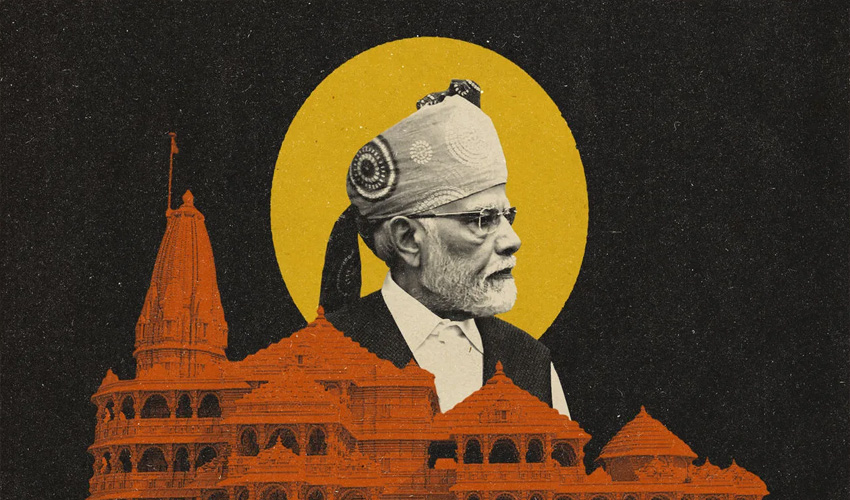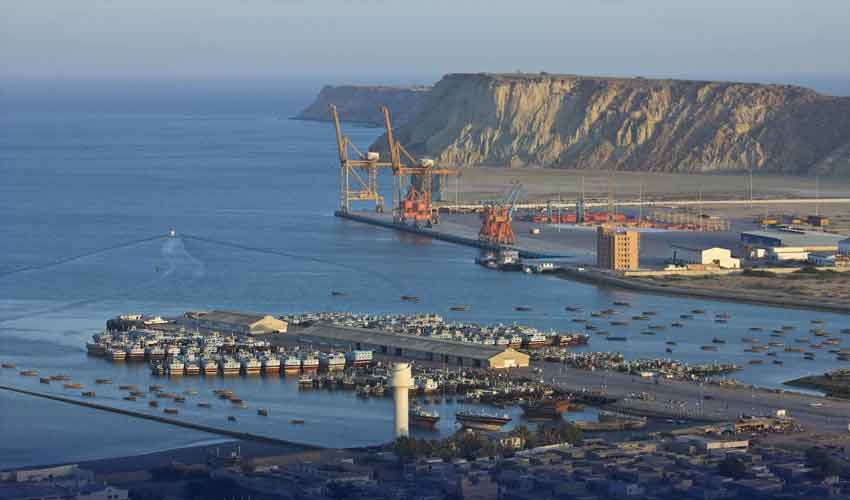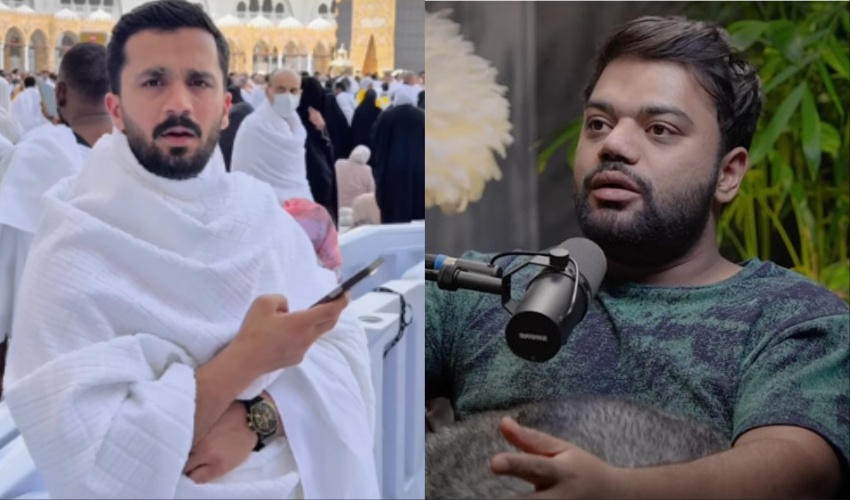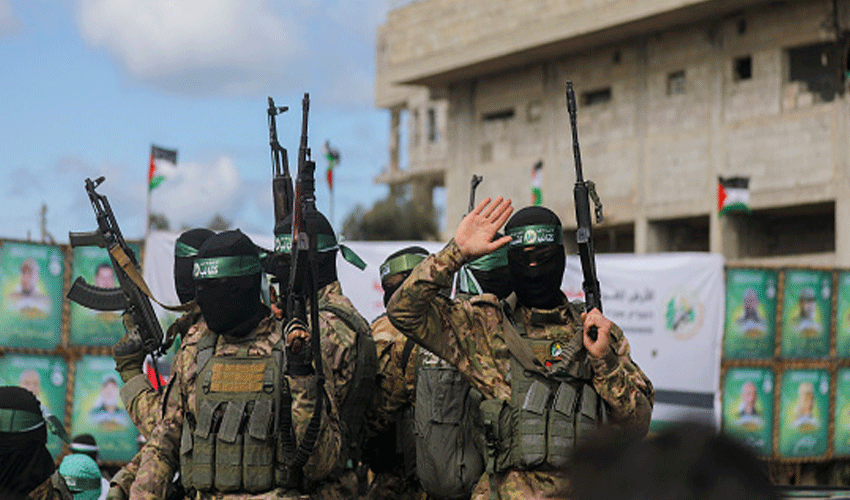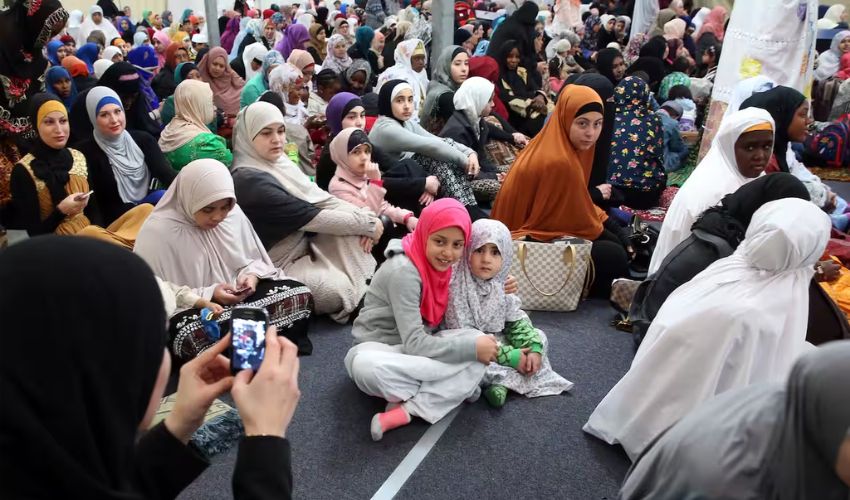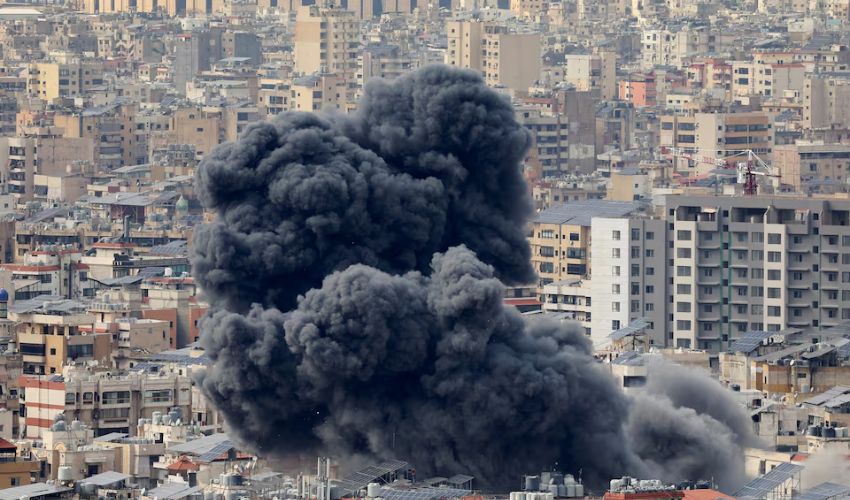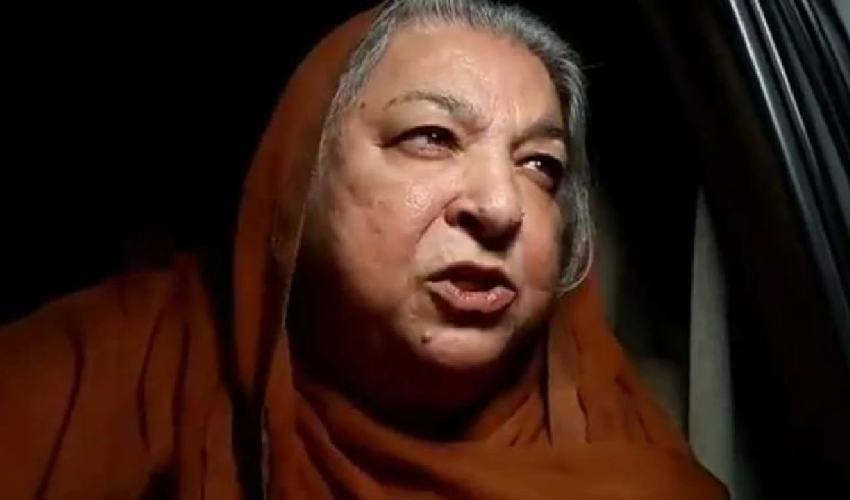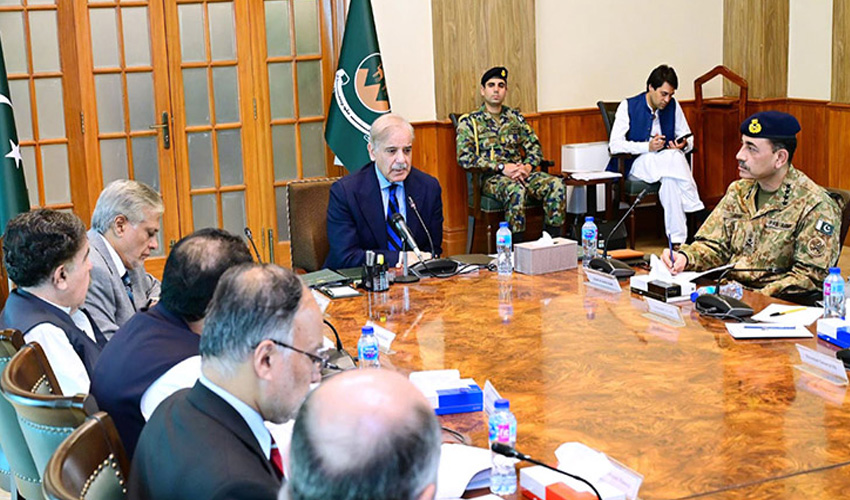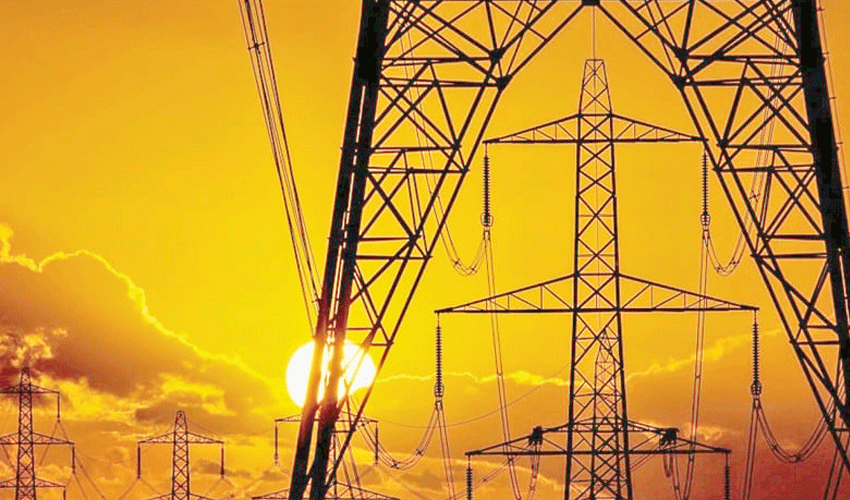The New York Times recently published an article shedding light on various aspects of Prime Minister Modi's leadership, particularly focusing on his policies in Ayodhya and across India. Here's a breakdown of the key points highlighted in the report:
In Ayodhya, once known for the historic Babri Masjid, significant changes have occurred under Modi's administration, leading to what some critics describe as a predominantly Hindu-centric city.
During the peak of the COVID-19 pandemic in 2020, while India was grappling with a devastating health crisis, Modi initiated the construction of the Ram temple in Ayodhya. This move was viewed by some as a prioritization of religious agendas over public health concerns.
Critics argue that Modi's ideology, often associated with Hindutva, has instilled a sense of animosity towards foreign influences and non-Hindu communities, fueling division and mistrust among Indian citizens.
Read more: Modi govt's democratic commitment questioned ahead of Indian elections
The report highlights instances of what it perceives as discriminatory practices, such as the prevalence of vegetarian-only options in Ayodhya hotels and the presence of cows roaming the streets, which are seen as symbolic of anti-Muslim sentiments and Hindu extremism.
Furthermore, the article points out the commercialization of Hindu symbols like idols of Ram and Hanuman, which some view as reinforcing stereotypes of masculine Hindu figures, depicted with exaggerated physical attributes.
Concerns are raised regarding the state of democracy under Modi's rule, with allegations of the imposition of Hindutva ideologies on all citizens, regardless of their religious affiliations.
Economic and social challenges, including inequality, unemployment, deteriorating public health, and the impacts of climate change, are portrayed as pressing issues facing India under Modi's leadership.
The upcoming elections in India are discussed in the context of the Modi government's response to criticism and its alleged attempts to stifle opposition through measures such as crackdowns, electoral rule changes, and financial constraints on opposing parties.
The inauguration of the Ram temple in Ayodhya is scrutinized, with the absence of concrete evidence regarding its historical existence, and its timing is in line with the Republic Day celebrations, leading some to question its significance.
Concerns are raised over the politicization of dates such as August 14, which some perceive as being used by extremist groups to propagate anti-Muslim sentiments.
Changes in architectural designs, street names, and cultural representations are cited as examples of what critics see as a broader agenda to promote a Hindu nationalist narrative in India.
The report also highlights alleged censorship and intimidation tactics employed against journalists and organizations critical of the government's policies, particularly those related to Hindutva.
In the education sector, concerns are raised regarding the promotion of a Hindu nationalist version of Indian history and culture in textbooks and academic research, underlining the broader ideological shifts occurring under Modi's leadership.





